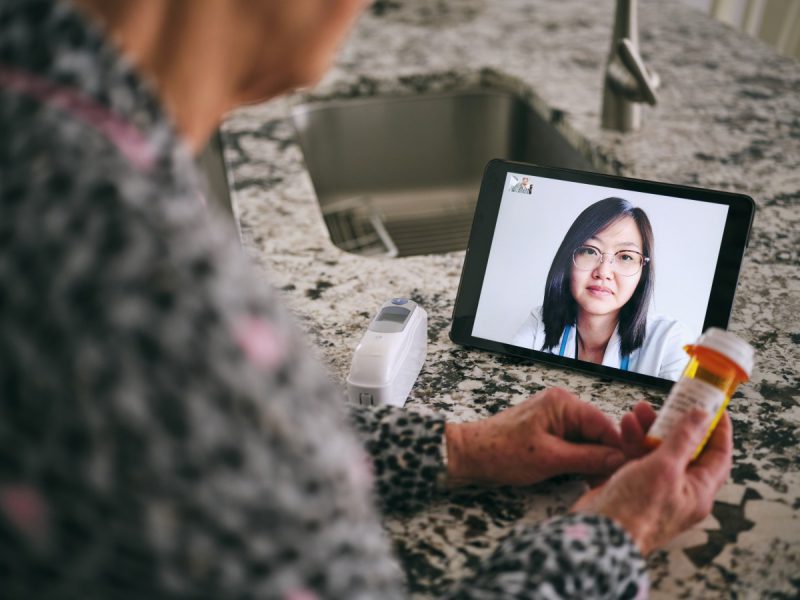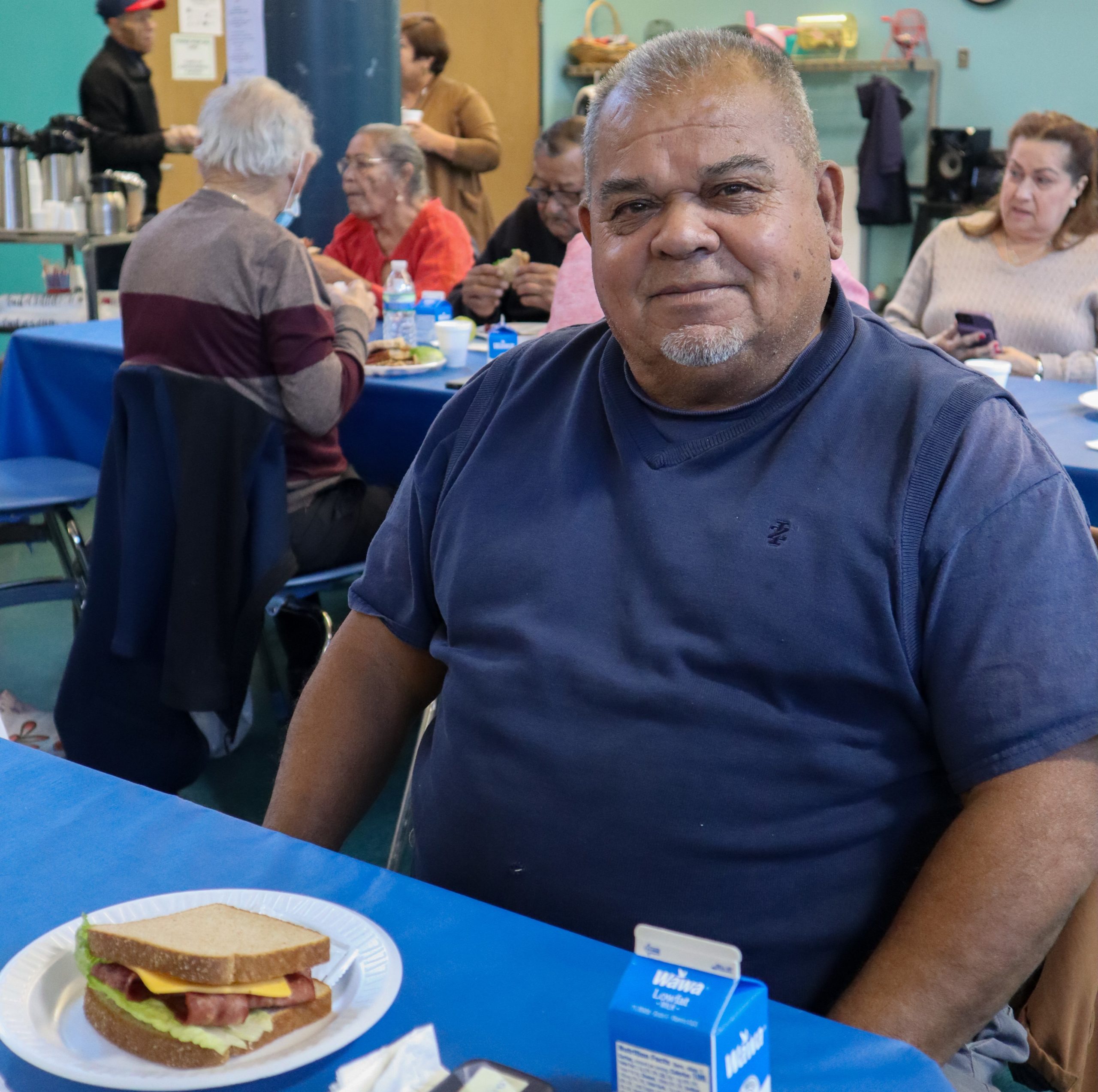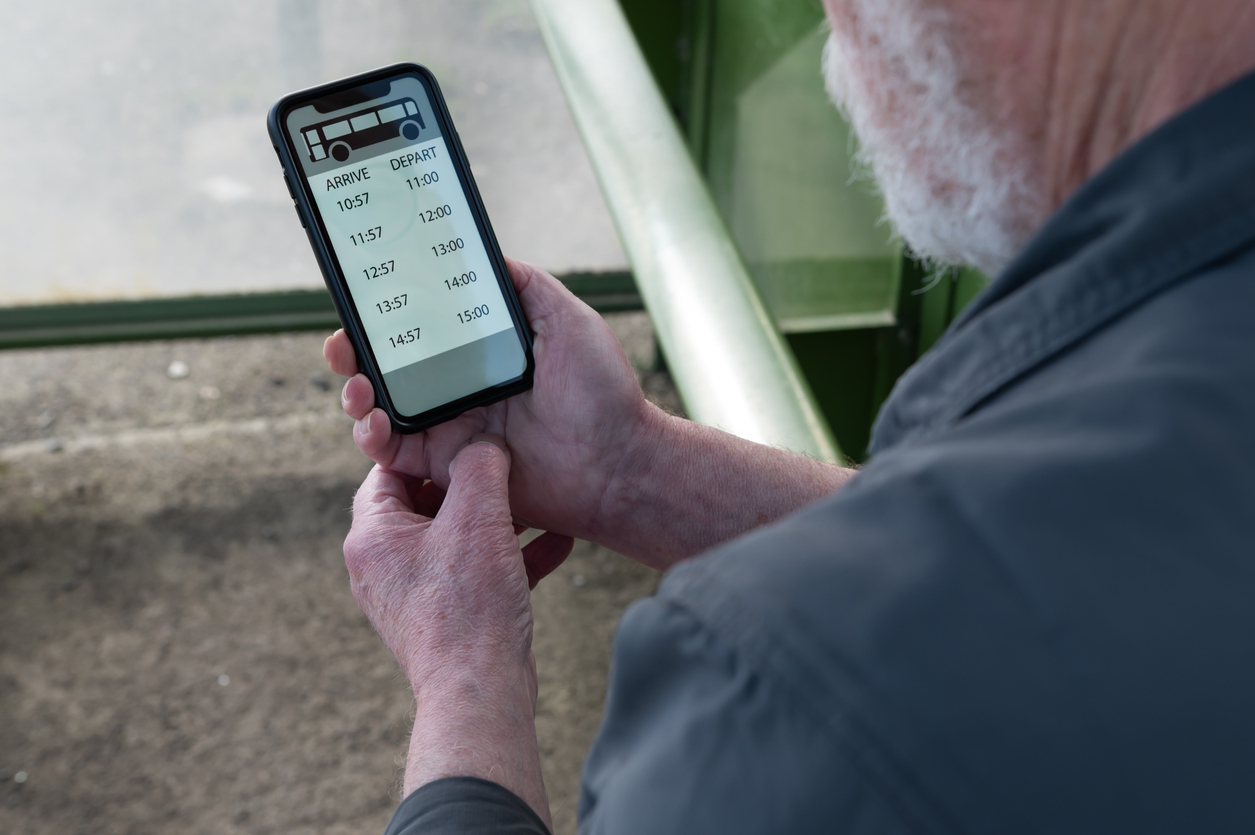The benefits, drawbacks of telehealth for seniors
By Mary Anna Rodabaugh
John Marshall Isenhower, 67, of South Philadelphia, used to walk just a few steps from his home to his doctor’s office on South Street. But when the COVID-19
pandemic hit, it changed everything, including how Isenhower would obtain medical care.
After receiving an email from his doctor’s office in April, Isenhower’s regularly scheduled appointment with his primary care physician was converted to a telehealth visit by phone.
According to FAIR Health’s Monthly Telehealth Regional Tracker, the number of telehealth claim lines for individual services and procedures has grown exponentially since the pandemic began. In February, the volume of nationwide telehealth claim lines was a mere 0.38%. By March, it skyrocketed to 7.52%. The data is not surprising, since health care providers have mimicked other industries by promoting remote workspaces in an effort to limit COVID-19 spread.
Isenhower says his telehealth appointment was a pleasant experience, noting his physician’s concern for not just his physical well-being, but also his mental and emotional well-being during these unprecedented times. The appointment lasted around 20-25 minutes, and he says he did not feel rushed.
“She asked some questions which gave her clues as to how I was doing and how well my current medications were working,” Isenhower says. “Even though she couldn’t check my blood pressure in person, I was thrilled our thorough discussion led her to make a shift in my medication to make it more effective.”
Telehealth drawbacks
Telehealth is convenient and can be very effective for follow-up appointments and consultations, but it comes with various drawbacks. For starters, physicians might ask if you have a blood pressure monitor available, or a glucometer for diabetics to measure blood sugar levels. “Sometimes they need to listen to your heart and take your temperature. I don’t trust myself to do that,” Isenhower says.
Another drawback is a loss of personal connection. You can’t receive that gentle pat on the shoulder or reassuring smile over the phone. As Isenhower puts it, “You don’t get to see the empathy.”
The method for the telehealth appointment needs to be clearly explained to patients. Some patients may not feel comfortable using video conferencing for an appointment. Others may prefer a phone call, but their physician is expecting a video chat.
“It is very easy, as a senior, to get a little confused,” Isenhower says. “Make sure you have all the instructions written down before your appointment.”
Tips for a successful appointment
The best way to have a successful telehealth appointment is to make sure you’re prepared.
Prior to the appointment, write down anything your physician should know, including current prescriptions and dosages and any new symptoms you have been experiencing.
Make a list of additional questions you want to ask your health care provider.
If you have a scheduled video telehealth appointment, make sure you are in a well-lit room and have a stable internet connection.
At the start of the appointment, ask your physician what to do in case you get disconnected from the telehealth call or video.
For privacy in the household, consider using headphones.
The future of telehealth
Even after the pandemic is over, it is likely telehealth will continue to grow.
“I would imagine for doctors it is better for management,” Isenhower says. “While expanding telehealth wouldn’t prevent me from seeking [this type of] care in the future, I do believe elements of in-person care will need to be included somehow.”
Many insurance companies have made improvements in telehealth care technology. The Humana Foundation has invested in the national nonprofit Older Adults Technology Services (OATS) since 2018, and plans to expand that relationship to connect seniors to the technology needed for telehealth.
“We have a long way to go in assisting seniors in feeling comfortable with all the features of telehealth, and education and adoption go hand-in-hand,” says Bruce Brossard, president and CEO of Humana. “As more seniors start to feel comfortable with smartphones and trust online services, telehealth is becoming an essential part of health care – one that can improve health outcomes through preventive measures and frequent check-ins.”
You can borrow an iPad for your telehealth appointment!
Pennsylvania seniors who need to participate in telehealth visits, see family and friends virtually, and/or keep up with important news can borrow an iPad, laptop or other device from TechOWL and Pennsylvania’s Assistive Technology Lending Library. The TechOWL Team from the Institute on Disabilities at Temple University will work with older adults in selecting the right device, uploading software and applications, and providing technical support. All devices can be borrowed for three weeks, with an option for longer. For more information, go to techOWLpa.org/library or contact a TechOWL staff member at 1-800-204-7428 (1-866-268-0579 TTY).
Mary Anna Rodabaugh is a writer, editor and writing coach.




